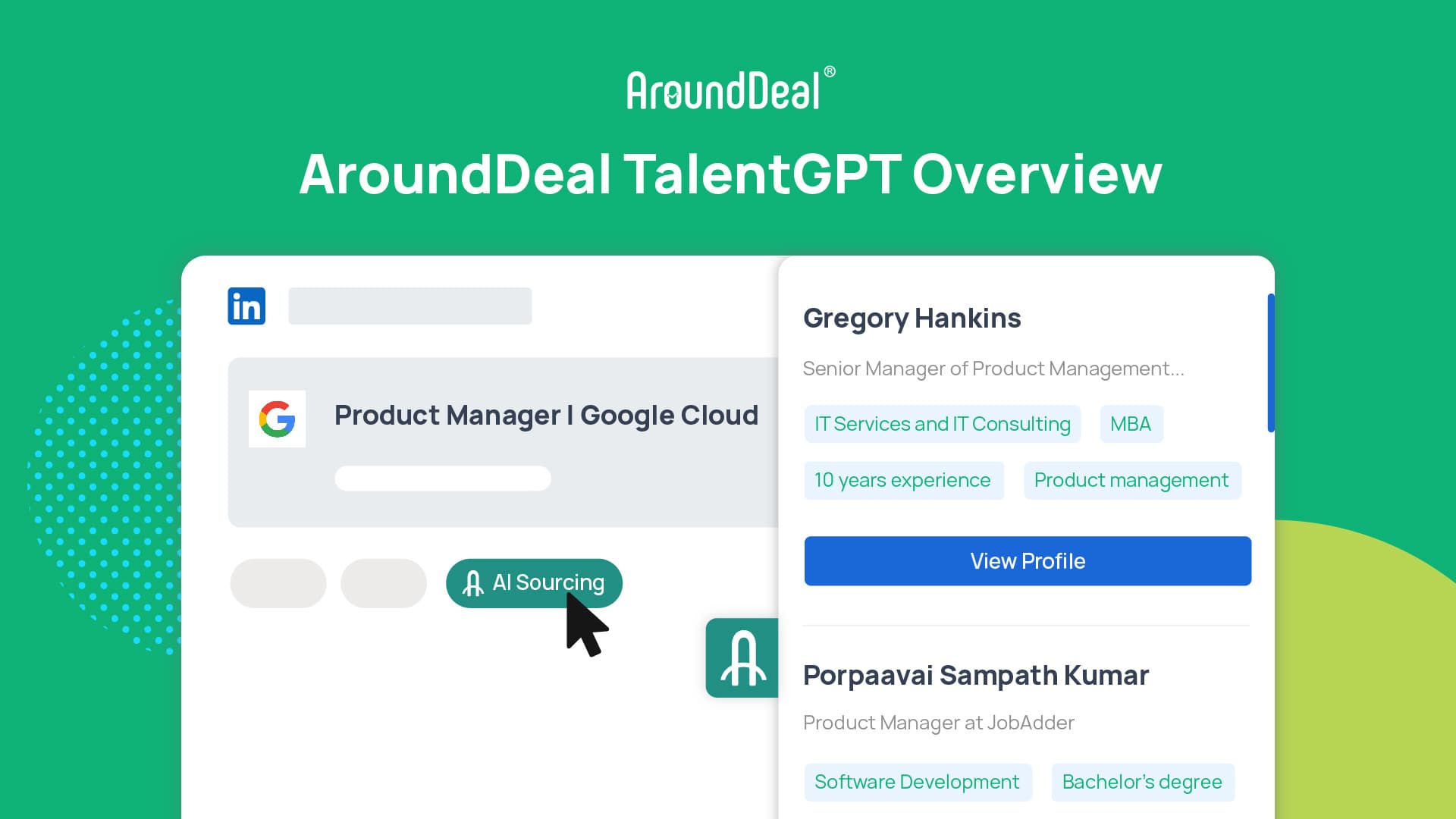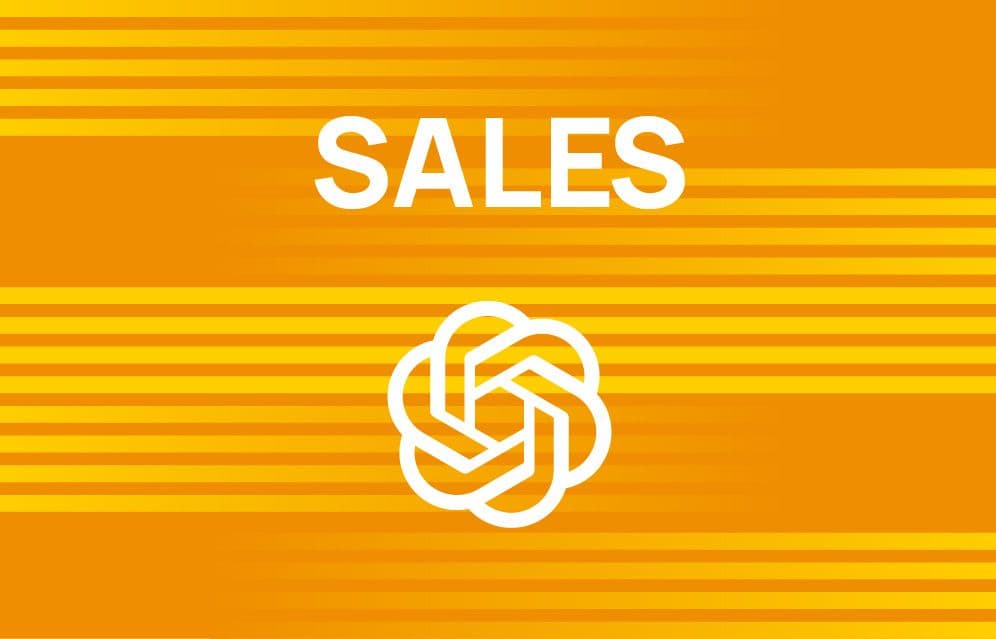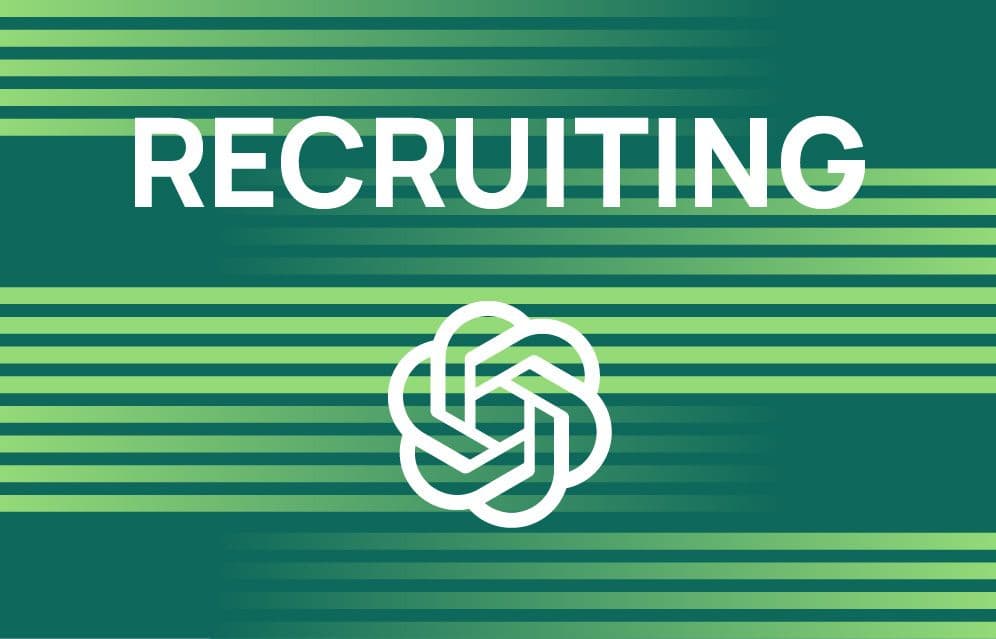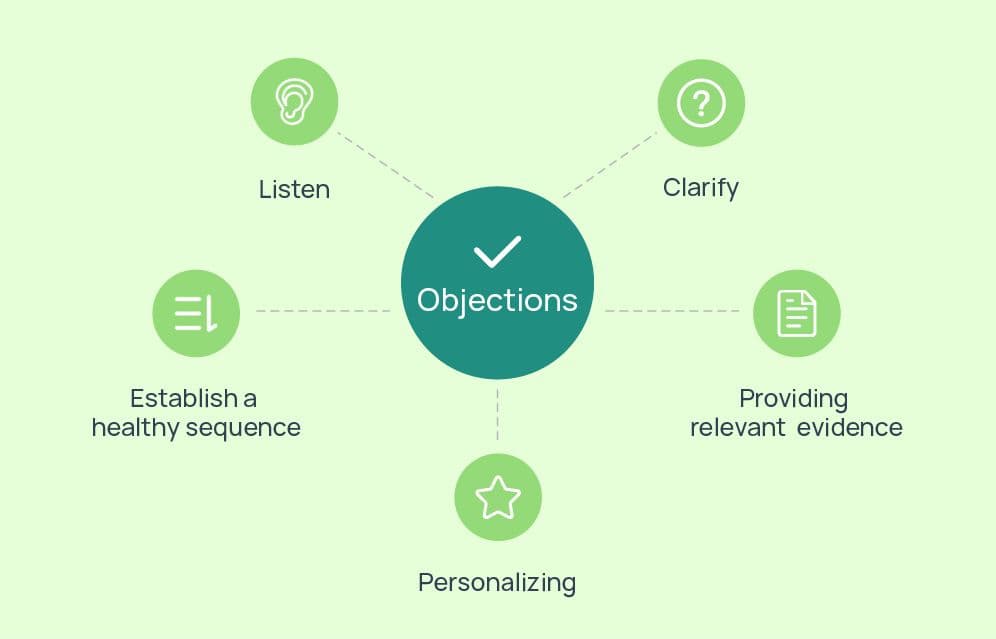- Blog /
- features
5 Follow-Up Email Templates After You've Contacted Someone On LinkedIn
16 Feb 2023
By AroundDeal
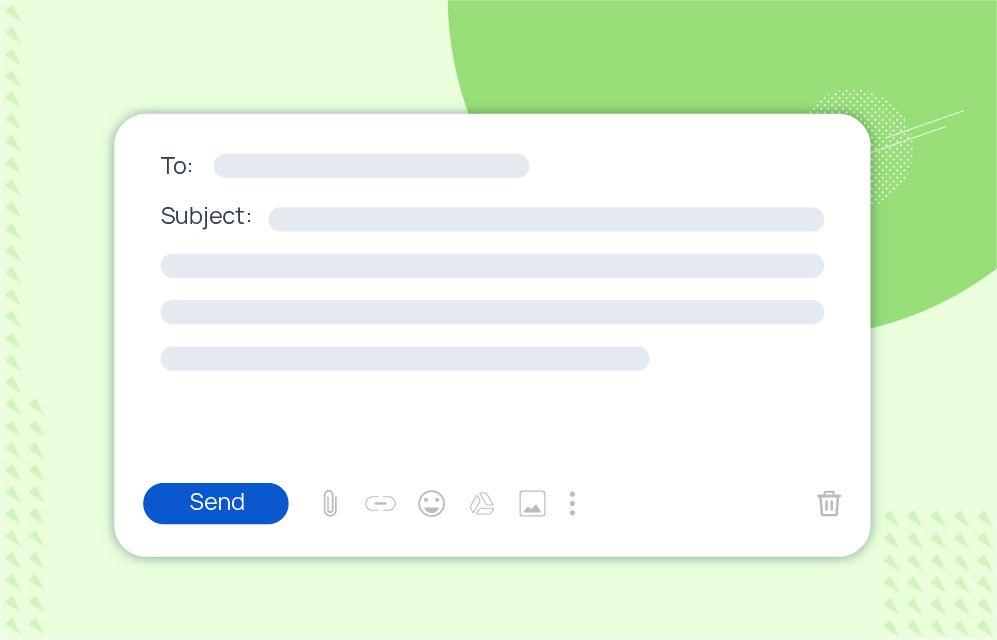
To build your network, you just can't avoid reaching out to people and making new connections. After sending someone an initial connection request on LinkedIn, you know you should follow up with them when you are replied after a reasonable amount of time. However, what if you don't hear back from the person you are trying to connect with after several attempts? It's probably because they aren't interested(5 Key Success Factors: To Increase Your Email Open-Rates) in connecting with you, but don't get too down, since if they haven't blocked your email, sending another message can make a big difference.
It's a good idea to send up after sending an initial connection request. This will give the reciepient an opportunity to consider your products. It may also allow you to learn more about why they declined your initial connection request. In addition to helping you build your network, you get a good chance to explain why you're connecting with them.
This article here will tell you how to write better follow-up emails after connecting with someone on LinkedIn. Using these 4 tips, you can increase your response rate significantly and have success connecting with professionals.
Now, let's get to start!
4 Tips for Writing Great Follow-Up Emails
By using these 4 tips you can let your contacts feel more like to read and reply your emails. These are 4 small steps but will make a big difference!
-
Introduction: Let them know who you are
You can start any email with a greeting, while the essential information should be at the top. The most common mistake people make when they start an email is diving right into the content. Instead, it would be better if you let your readers know who wrote the email they're reading before they dive into any information. It is more polite and will let them feel more comfortable, because they will feel they are regarded as important . You can easily make it by using a greeting at the top of your email.
-
Use the "Reason for Connecting" Field
If you use the "reason for connecting" field, you have an added advantage. You can let the person you want to connect with know why you want to connect with them. Thus, they will trust you more.
-
Send a Personalized Message
Sending a message tailored to your contacts' interests will apparently make them more likely to read your message and engage with your brand. You can send these messages by creating a list of the topics your contacts mostly engage with. Then, you can use these topics to start your message and continue the conversation with your contacts.
-
Ask for the next step: Be bold and ask for what you want
The last thing you want must to be losing a potential customer simply because that they didn't know what they were supposed to do next. To avoid that , you should make sure you have a clear call to action at the end of your email. Some examples of a great call to action are like Relpy now! Sign now! Download now!
5 Follow-Up Email Templates Examples After You've Contacted Someone On LinkedIn
Template #1: A number of connections in common
Hi {name},
My name is {your name} and I am {your title} at {your company}. I was browsing through LinkedIn. LinkedIn says we've got {a number of connections in common}. I feel it would be nice to get in touch with you.
We'll have some helpful contacts and ideas for each other. I also think you might be interested in some of the work I'm doing that could help your team {value from your product}.
Take care, and I hope to hear back from you!
Regards,
{name}
{title}
{your company name}
Template #2: Build rapport using common interests
Hi {name},
I’m an {your title} at {your company}. I came across your LinkedIn profile.
I saw that you recently posted a question on LinkedIn about how to achieve {business value} for your company.
How, if at all, would you like to improve your strategy? I’ve found that {solution} has been successful for others. Here are a few examples of what other companies I’ve worked with in the past have done that might be helpful to you:
{tip 1}
{tip 2}
{tip 3}
Have you tried any of these strategies in the past? I have some more ideas for how we can help.
Regards,
{name}
{title}
{your company name}
Template #3: Congratulations to him on his new role
Hi {name},
My name is {your name}. Congratulations on your new role as {prospect Title}. Based on your LinkedIn profile, it looks like you've done an amazing job developing your career at {company}.
I’m reaching out to you because I noticed that you are expanding your sales team at {company}. I assume, as a {prospect Title}, you want your company’s sales to grow as well, so would you like an idea of boosting {company}’s email outreach activities? Please reply to me. I'm a fan and I want to help.
Regards,
{name}
{title}
{your company name}
Template #4: Download a case study
Hi {name},
I came across your LinkedIn post, which talks about your new initiative. I wish to congratulate you on the same.
Do you want to know about others in your industry who have been successful with similar projects? I know {number} companies that have generated x% higher profits by using {Your product/ service} for their project.
If you wish to know about them, I would be happy to share the case studies. Click here to get the [case study].
Regards,
{name}
{title}
{your company name}
Template #5: The technology they use
Hi {name},
My name is {name}.
The reason I'm reaching out is that I was browsing {company}'s LinkedIn profile and I noticed that your company is using {Competitor Name} as your {Industry} platform.
While we are focusing on marketing services for stores that are built on {Industry} platform and already helped {company1} and {company2} with SEO and PPC for their online stores, I thought we might have a great synergy.
Are you available for a brief call at {Time}?
Regards,
{name}
{title}
{your company name}
The best way to get more out of your LinkedIn network is to build relationships with people. You can follow these templates for better follow-up emails after you've sent a connection request on LinkedIn. When you follow these templates, you give the recipients an opportunity to respond to you. You also have an opportunity to explain why you want to connect with them. If you don't hear back from the person you are trying to connect with after several attempts, there still are solutions , not all hope is lost! If they haven't blocked you, I strongly suggest sending another message, it will work like a charm!

